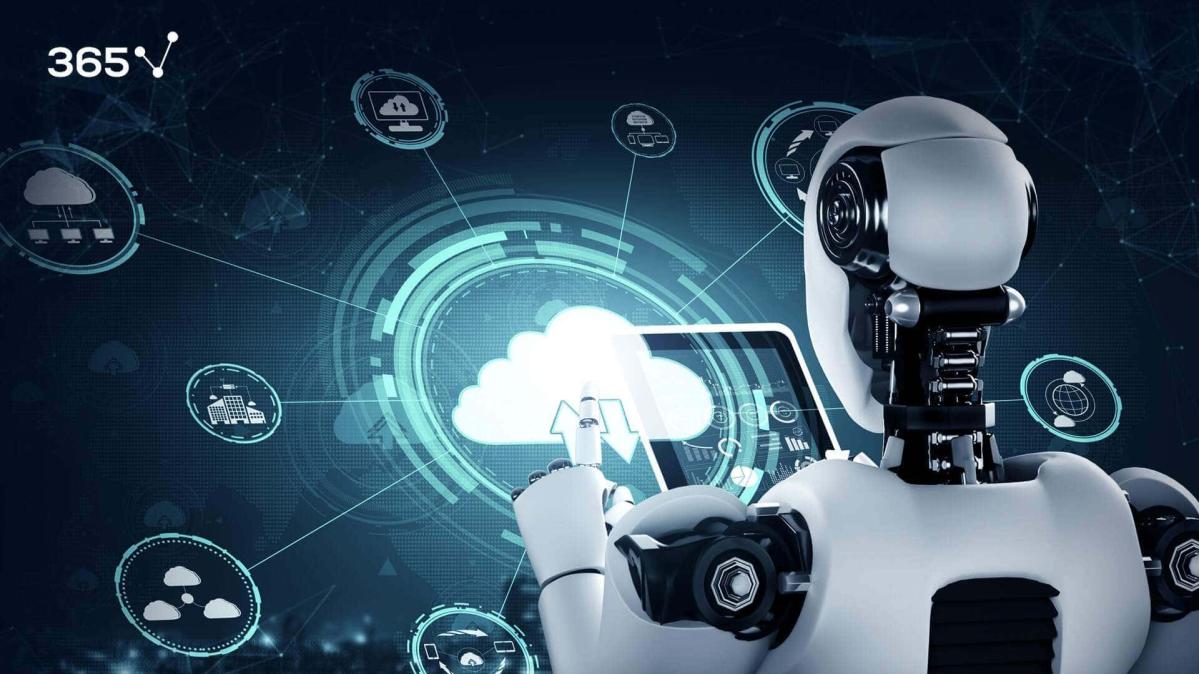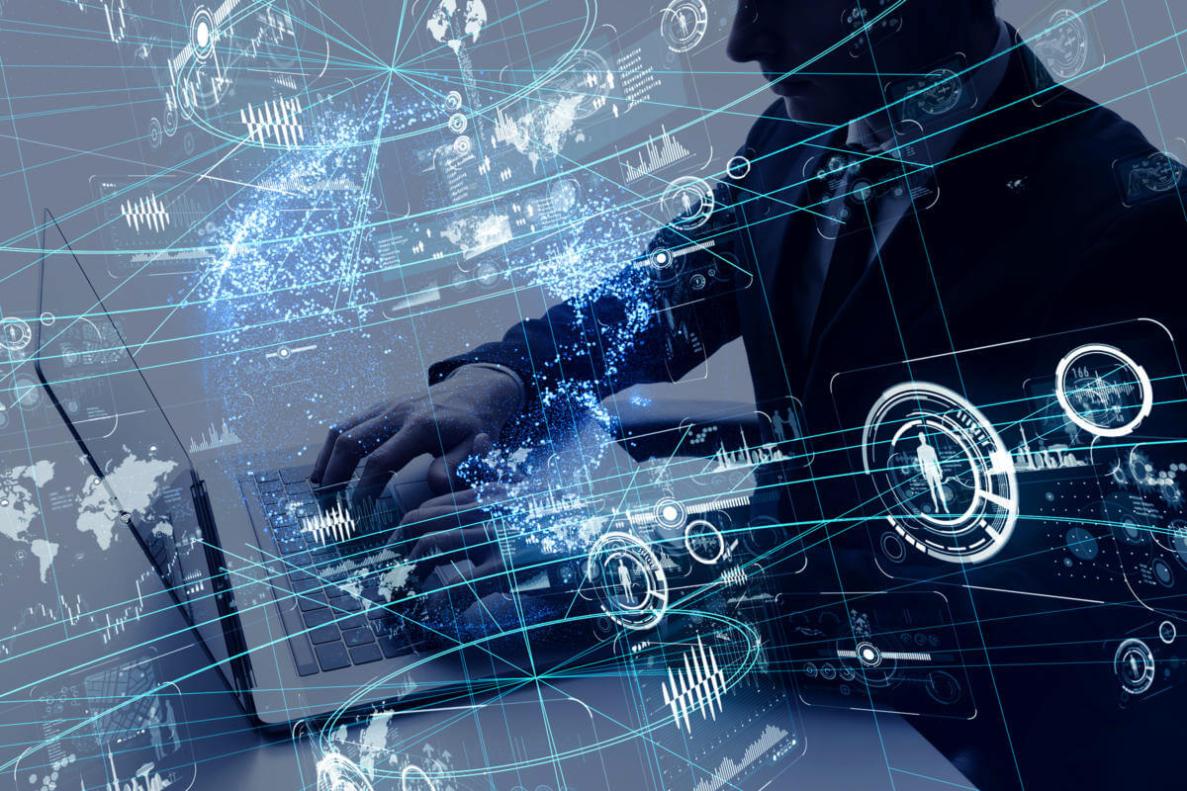Exploring the Integration of AI and Machine Learning into the UAE's Education System
The United Arab Emirates (UAE) has a rapidly growing and dynamic education system that is constantly evolving to meet the needs of the 21st-century workforce. In recent years, there has been a growing interest in integrating Artificial Intelligence (AI) and Machine Learning (ML) into the education system to enhance the learning experience, personalize instruction, and prepare students for the future job market.

Benefits Of AI And ML Integration In Education:
The integration of AI and ML into education offers a range of potential benefits, including:
- Personalized Learning: AI can tailor educational content and experiences to individual students' needs, strengths, and weaknesses. This can help students learn more effectively and efficiently.
- Enhanced Assessment and Feedback: AI can automate grading and provide real-time feedback to students, allowing them to identify areas where they need improvement and make adjustments accordingly.
- Improved Accessibility and Inclusivity: AI can make education more accessible to students with disabilities or in remote areas by providing assistive technologies and online learning platforms.
- Skill Development and Future-Readiness: AI and ML can help students develop the skills they need to succeed in the future job market, including critical thinking, problem-solving, and data analysis.
Challenges And Considerations:
While there are many potential benefits to integrating AI and ML into education, there are also a number of challenges and considerations that need to be addressed, including:
- Data Privacy and Security: AI-powered educational systems collect large amounts of student data, which raises concerns about data privacy and security. It is important to ensure that student data is collected and used ethically and responsibly.
- Teacher Training and Support: Teachers need to be trained in how to use AI and ML tools effectively in the classroom. They also need ongoing support and professional development to stay up-to-date on the latest technologies and best practices.
- Infrastructure and Connectivity: Successful AI and ML integration requires reliable internet connectivity and infrastructure. This can be a challenge in some areas, particularly in remote or underserved communities.
- Bias and Fairness: AI algorithms can be biased, which can lead to unfair or discriminatory outcomes for students. It is important to mitigate bias and promote fairness in AI-powered educational systems.
Case Studies And Success Stories:

There are a number of successful examples of AI and ML integration in education around the world. For example, in the UAE, the Ministry of Education has launched a number of initiatives to explore the use of AI and ML in the classroom, including the AI for Good initiative and the Future Skills Academy. These initiatives aim to provide students with the skills and knowledge they need to succeed in the 21st-century workforce.
The integration of AI and ML into the UAE's education system has the potential to transform the learning experience and prepare students for the future job market. However, it is important to address the challenges and considerations associated with AI and ML integration to ensure that it is done in a responsible and ethical manner. With careful planning and implementation, AI and ML can be used to create a more personalized, engaging, and effective learning environment for all students.
YesNo

Leave a Reply